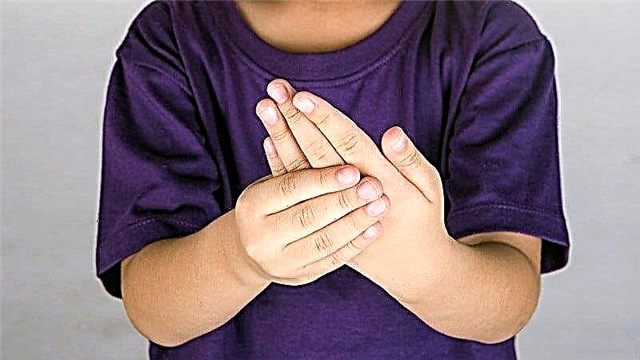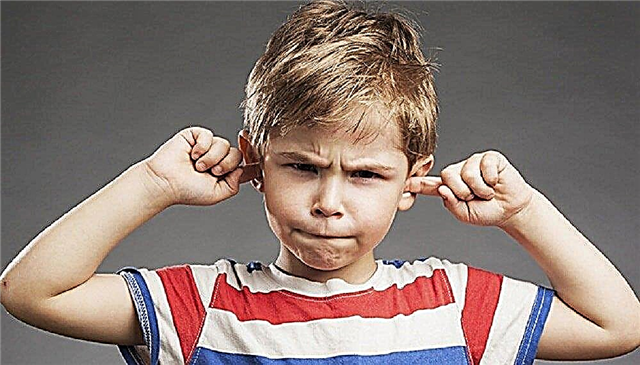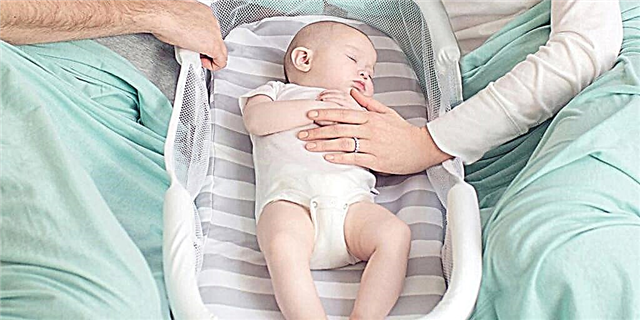Acute respiratory diseases always remain a hot topic. At any time of the year, the child is in one way or another at risk of infection. Therefore, it is useful for each parent to know the first signs and what measures to take in the further development of the disease.
Taking into account the common causes of occurrence and the factors contributing to the development of the disease means being able to prevent the disease in advance. Currently, the pharmaceutical market offers a huge selection of drugs for the treatment and prevention of acute respiratory infections in children. But only their competent use will help achieve the desired result.
Etiology
The causative agents are most often parainfluenza viruses, adenoviruses, rhinitis and reoviruses. The viral share among other causes of colds is about 70%, therefore ARI is often called ARVI. Next in frequency are bacteria - staphylococci, streptococci, Pseudomonas aeruginosa, pneumococcus. Fungi, protozoa, parasites and intracellular microorganisms (such as mycoplasma and legionella) play a lesser role in the occurrence of acute respiratory diseases. In general, the share of acute viral infections is 80% of all infectious diseases in children.

The presence of pathogens in the body does not always indicate a disease. It is also necessary to simultaneously influence the provoking factors. The latter are the air temperature (that is, not only hypothermia, but also overheating of the body), air humidity (with dry air, the risk of infection is more likely than with humid air). Emotional and physical stress also contributes to the development of the disease, as there is a decrease in the body's defense systems.
Clinical manifestations
Viruses have properties such as epitheliotropy, vasotropy, lymphotropicity. This means that viruses mainly affect the mucous membranes, blood vessels and lymphoid tissue (lymph nodes). These properties determine the entire clinic and symptoms.
But most often, when talking about ARI, parents mean cough and runny nose. This is not entirely correct. Of course, the nose and oral cavity, being the gateway for infection, are the first to be affected, which misleads the parents.
There are the following syndromes for acute respiratory infections in children.

- Catarrhal syndrome. There is nasal congestion, mucous, transparent, sometimes greenish discharge from the nose, cough.
- Respiratory Syndrome - cough, pain, burning in the throat and chest, signs of respiratory failure.
- Intoxication syndrome. There is weakness, lethargy, muscle pain, aches throughout the body, fever, and lack of appetite.
- Abdominal Syndrome. Most often occurs in young children. Young children complain of abdominal pain of different nature and intensity.
- Hemorrhagic syndrome. It is characterized by the appearance of a punctate red rash on the skin, the presence of rashes on the oral mucosa and pharynx.
All symptoms can manifest themselves in varying degrees of severity, and not all of the above signs will necessarily be present.
Based on the presence of symptoms and the degree of their severity, there are three degrees of ARI severity: mild, moderate and severe.
It is also necessary to point out that with an increase in body temperature in many children, especially in small children, febrile seizures occur, which occur only against the background of a high temperature.
Diagnostics
There are no specific tests for the general diagnosis of Acute Respiratory Disease. Usually it is exhibited without the use of laboratory and instrumental research methods, that is, often only on the basis of clinical data.
But in any case, parents need to seek qualified medical help. Only a doctor will be able to make a diagnosis indicating the form and severity of acute respiratory infections and, accordingly, prescribe the necessary therapeutic measures.
On examination, patients complain of lack of strength, mood, headaches and stuffy nose, cough worries. Very often in young children, the body temperature rises to high numbers. Clear, sometimes greenish or yellow discharge from the nose and respiratory tract is noted.

Cough is the most common symptom of acute respiratory infections. It occurs when irritation of cough receptors, which are most in the nasal cavity and pharynx. In case of untimely and inappropriate treatment, "the infection slides down," that is, complications arise in the form of bronchitis, pneumonia and respiratory failure.
When examining the mucous membrane of the oropharyngeal cavity, redness of the posterior pharyngeal wall is observed, sometimes with a transition to the mucous membrane of the palate and cheeks. There may be a rash in the form of vesicles (vesicles with transparent contents) on the mucous membrane of the palate and pharynx. Mucus draining down the back of the throat is very often noticeable (a manifestation of a "posterior" rhinitis).
Auscultation will help to suspect the presence of pathological processes in the lower respiratory tract. Further, if necessary, a chest x-ray is prescribed.
Laboratory methods are usually not addressed immediately, but 3 to 4 days after the initial treatment. The indication for the delivery of a clinical blood test and a general urine test is a persistent high body temperature of the child, the ineffectiveness of the prescribed drugs and early detection of possible complications. In the blood test, the following picture is observed: acceleration of ESR, leukocytosis or lymphocytosis (there can be both options), a decrease in hemoglobin level is possible. In the analysis of urine, in the absence of complications, pathological changes may not be.
With protracted processes, as well as when treatment is ineffective, an additional biochemical blood test is prescribed. In the latter, C-reactive protein is determined, and in a hospital setting, the level of procalcitonin is also determined, an increase in which indicates 100% bacterial inflammation.
Treatment
The key point in the treatment of acute respiratory infections in children is the use of an integrated approach. It is also important that a qualified pediatrician treats the child, self-medication is not permissible. Below are the general principles of treatment.
- Treatment of children with acute respiratory infections begins with a regimen, which should be bed or semi-bed, depending on the severity of the condition.
- The room should be ventilated frequently.
- The optimal temperature regime is 18 - 22 ° С.
- It is advisable to isolate the child, and use separate dishes for feeding, to prevent reinfection.
- An abundant warm drink is recommended, especially when the body temperature rises. Drink preferably non-acidic and unsweetened drinks. Low-fat broths, compotes, fruit drinks, unsweetened tea are best suited. The diet should exclude spicy and spicy foods.
- Drug treatment begins with etiotropic drugs. In most cases, these are antiviral and antibacterial drugs. For infants, such forms of release are used as suppositories for rectal use (for example, Viferon and Genferon light) and droplets (Aflubin). For young children, antiviral drugs can already be used in the form of syrups (Orvirem) or chewable tablets (Anaferon). Antibiotics are presented for children in the form of a powder for the preparation of suspensions.
- Symptomatic treatment includes:

- antitussive drugs (Erespal, Sinekod);
- expectorants (Ambroxol, ACC);
- antipyretic and pain relievers (paracetamol, Nurofen);
- vasoconstrictor nasal drops (Nazivin, Otrivin);
- antihistamines (Zodak, Claritin).
In addition, for the treatment of rhinitis and pharyngitis, before taking the above drugs, rinsing the nasal cavity and pharynx with saline is prescribed in order to mechanically remove microbes and improve the absorption of drugs (AquaLor, Aquamaris).
About antihistamines. It is advisable to prescribe them when taken simultaneously with preparations containing herbal ingredients, for example, when taking Tonsilgon, or when setting Viferon candles (based on cocoa butter). This reduces the risk of allergic manifestations.
In addition, physiotherapy procedures can be used to treat ARVI in children. For example, ultraviolet radiation of the throat and nose, UHF and electrophoresis of the chest, inhalation. Of course, doctors are extremely careful about physiotherapy. Due to the immaturity of the body, electro procedures are not recommended for young children, but inhalation is possible from birth.
Prevention
Prevention of acute respiratory infections in children includes several points:
- first of all, it is an active lifestyle, walking in the fresh air, avoiding hypothermia and overheating of the body, adequate sleep, good nutrition, hardening the body, massage;
- an important role is played by the child's day regimen;
- some drugs used for treatment are also used for prevention (for example, Anaferon), but according to different dosage regimens;
- in relation to frequently ill children, for prevention, 4-6 month courses of taking appropriate drugs (Ribomunil, Bronchomunal) are used.
Conclusion
In conclusion of the topic, I would like to add about the independent treatment of ARVI in children. Many parents, without waiting for a qualified assessment of the condition, begin to treat the child themselves. This is fraught with dangerous consequences for such a seemingly simple disease. Uncontrolled intake of antipyretic and analgesic drugs hides possible complications. Only a doctor, when called at home, in a clinic or in a hospital, will adequately assess the child's health and prescribe a suitable treatment.



